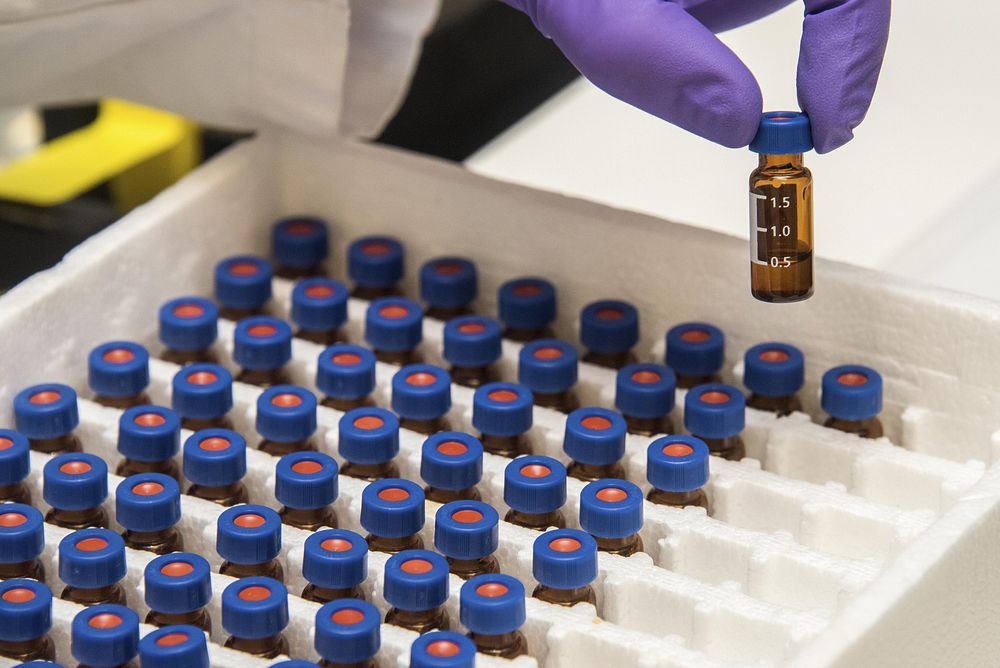Testing Protocols
Stability Testing Protocols
Designing Stability Studies
Stability studies serve as the cornerstone of pharmaceutical product development and quality assurance. The design of these studies requires careful planning to ensure that the generated data is both scientifically meaningful and compliant with regulatory requirements.
Study Duration
The first critical decision in designing stability studies is determining the study duration. This duration is influenced by the intended shelf-life of the pharmaceutical product. Stability studies typically include the following categories:
Long-Term Stability Testing: This phase spans the entire intended shelf-life of the product, which can extend to several years. Long-term testing provides valuable data on how the product degrades over time under normal storage conditions.
Intermediate Stability Testing: Intermediate testing covers a shorter time frame, often one to two years, and is designed to support the product’s shelf-life extension or variation in storage conditions.
Accelerated Stability Testing: Accelerated testing involves exposing the product to harsher conditions, such as elevated temperatures and humidity, to predict its long-term stability more rapidly. This phase is vital for obtaining regulatory approvals and often lasts six months to a year.
Storage Conditions
Selecting appropriate storage conditions is crucial for conducting reliable stability studies. The chosen conditions should mimic the expected real-world storage environment for the pharmaceutical product. Common storage conditions include:
25°C/60% RH (Relative Humidity): This condition simulates long-term storage in a controlled environment. It is frequently used as the primary storage condition for many pharmaceutical products.
30°C/65% RH: Intermediate storage conditions are often employed to assess stability under conditions slightly more stringent than long-term storage.
40°C/75% RH: Accelerated storage conditions subject the product to higher temperatures and humidity levels to predict long-term stability more rapidly.
It’s essential to justify the selection of these conditions based on scientific rationale and anticipated product usage. Additionally, products with specific storage requirements, such as those requiring refrigeration or protection from light, must have tailored stability testing protocols.
Sampling Plan
Developing a scientifically sound sampling plan is fundamental to obtaining representative stability data. The sampling plan should consider factors such as:
Sample Size: Determine the quantity of samples required at various time points during the study. Sample size should provide statistically significant data while minimizing waste.
Sampling Frequency: Establish how often samples will be withdrawn from storage for testing. Frequent sampling may be necessary during accelerated testing, while less frequent sampling can suffice for long-term testing.
Randomization: Ensure that samples are selected randomly to avoid bias in the study. Randomization reduces the risk of inadvertently selecting samples that may not be representative of the entire batch.
Storage Conditions Monitoring: Continuously monitor and record storage conditions to ensure that the samples are exposed to the specified conditions throughout the study.
Storage Conditions
Pharmaceutical products are highly sensitive to environmental factors, and stability testing must accurately reflect real-world storage conditions. Here are some additional considerations for maintaining proper storage conditions:
Environmental Control
Stability chambers or rooms must be equipped with precise environmental control systems to maintain the specified temperature and humidity levels. Regular calibration and validation of these systems are essential to ensure accuracy and consistency.
Light Protection
For products sensitive to light, such as those in amber glass containers, stability chambers should have controlled lighting conditions. Exposure to light, especially UV light, can lead to product degradation, and it should be controlled and monitored throughout the study.
Storage Containers
Select appropriate storage containers that mimic the primary packaging of the product. The choice of containers should be based on the product’s intended packaging materials, such as glass vials or blister packs.
Data Loggers
Use data loggers to continuously record and monitor temperature and humidity within stability chambers. These data loggers provide real-time data and serve as critical documentation for regulatory compliance.
Sampling and Testing
Sampling and testing are pivotal components of stability studies, providing insights into how a product’s quality attributes change over time. It’s essential to establish robust protocols for sampling and testing to ensure the accuracy and reliability of the data generated.
Sample Labeling and Documentation
Each stability sample should be meticulously labeled, and all relevant information, including batch or lot numbers, sampling date, storage conditions, and any other pertinent details, must be documented. Proper documentation is vital for traceability and regulatory compliance.
Analytical Methods
Select appropriate analytical methods and techniques for testing stability samples. These methods should be validated and demonstrate accuracy, precision, specificity, and sensitivity. Common analytical techniques include High-Performance Liquid Chromatography (HPLC), Gas Chromatography (GC), Spectroscopy, and dissolution testing.
Stability-Indicating Methods
In stability testing, stability-indicating methods are preferred. These methods can detect and quantify degradation products, impurities, and changes in product attributes. They provide a comprehensive assessment of a product’s stability.
Data Recording and Analysis
Data collected from stability testing should be recorded accurately and consistently. Advanced data management systems, such as LIMS and ELN integration, can streamline data recording and analysis, reducing the risk of errors and facilitating trend analysis.
Statistical Sampling
Apply statistical principles to sample selection to ensure that the samples are representative of the entire batch. Statistical methods can also help determine the appropriate sample size for reliable results.
In conclusion, designing stability studies involves careful consideration of study duration, storage conditions, and sampling plans. It is a critical step in pharmaceutical development and quality assurance, ensuring that pharmaceutical products maintain their quality, safety, and efficacy throughout their intended shelf-life. Properly designed stability protocols provide reliable data that supports regulatory compliance and informed decision-making throughout a product’s lifecycle.

















